Diffuse Large B-cell Lymphoma (DLBCL) Clinical Trials are studies that research new medications, treatments, and ways to diagnose DLBCL. DLBCL patients who participate in clinical trials get access to treatments earlier than the non-participants can. DLBCL, a form of non-Hodgkin’s lymphoma is a common blood cancer that is fast-growing, or aggressive. It starts in the lymph nodes and can spread throughout the rest of the body. Treatment for DLBCL is dependent on the location of the cancer and the subtype of lymphoma, of which there are three:
- Primary mediastinal B-cell lymphoma (PMBL)
- Germinal center B-cell-like (GCB) DLBCL
- Activated B-cell-like (ABC) DLBCL
Diffuse Large B-cell Lymphoma Diagnosis
The average age for patients diagnosed with DLBCL is mid-60’s, however DLBCL can be diagnosed at any age. Although it is fast-growing cancer, 3 out of 4 people who go through treatment end up disease-free. The main sign of DLBCL which can lead a patient to consult with a doctor and eventually receive a diagnosis is the development of a lump in the groin, armpit, or neck. Additional symptoms vary for each patient, but often include:
- Fever
- Night sweats
- Weight loss
- Belly or chest pain/pressure
- Shortness of breath or cough
- Itching
In order to confirm a DLBCL diagnosis, a doctor will take a biopsy of the lymph node, which means they will cut a small portion or all of the lymph node out for testing. If DLBCL is detected, more tests will be done to determine the staging, or the spread and severity of the disease. These tests include:
- Bone marrow biopsy – a sample is retrieved from the bone marrow from the back of the hip
- CT scan – a powerful X-ray that takes a picture of the inside of the body
- PET scan – uses radioactive material to find signs of cancer in the body
Diffuse Large B-cell Lymphoma Treatment
DLBCL treatment depends on factors such as age, general health, stage, subtype of the cancer, and where it has spread in the body. The most common type of treatment is called R-CHOP, which is a treatment that is given about every 3 weeks. R-CHOP is a combination of chemotherapy drugs that work together to kill cancer cells. If the cancer is more severe, chemotherapy drugs, radiation therapy are used.
DLBCL clinical trials are enrolling now and are an option for patients who are looking for treatment. Clinical trials help advance cancer research and give access to new therapies and treatments not accessible to all patients. Patients should consult with their doctor to see if a clinical trial is an option for them.




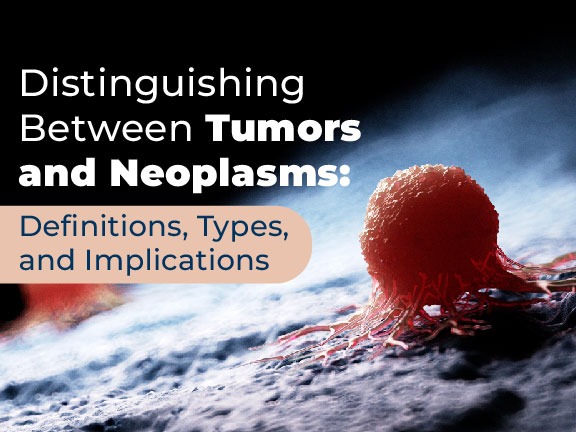

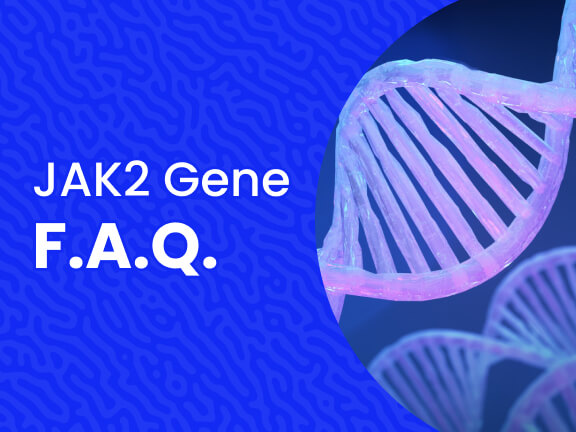
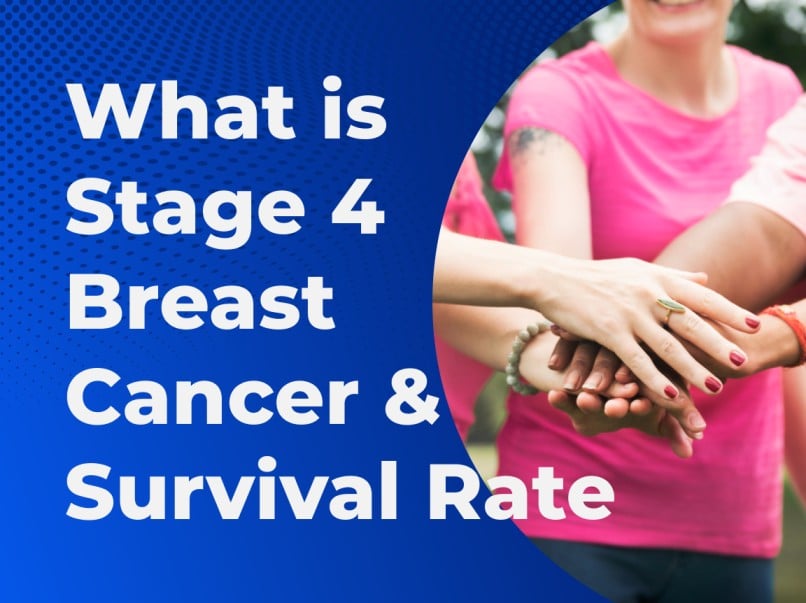

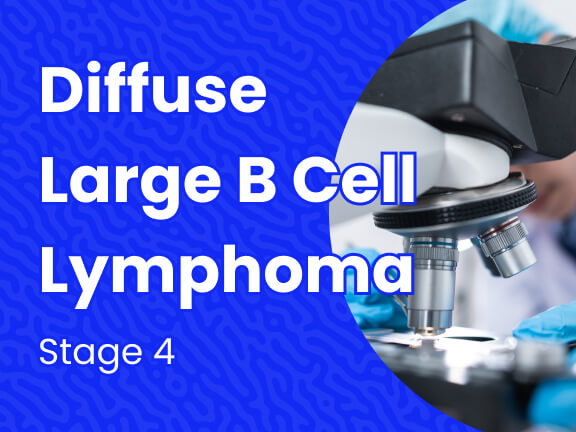
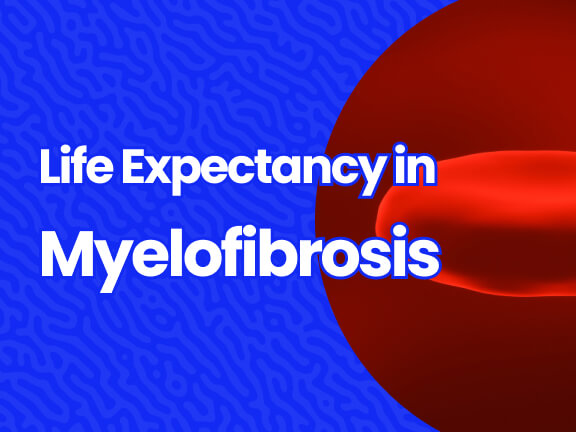
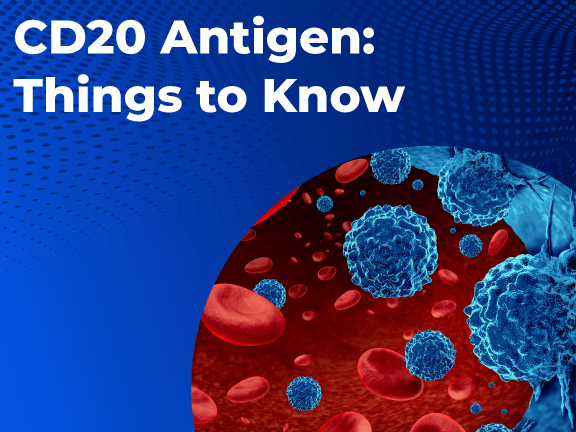
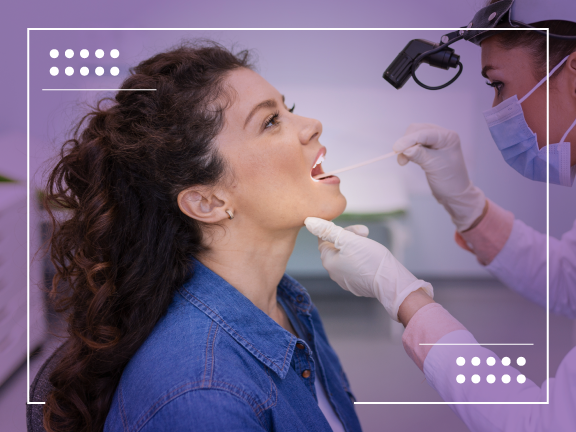
2 Comments
unfortunately my wife is having non Hodgkin DLBCL in intestine she is in 2nd stage and after 3rd chemotherapy her stomach has swollen and had to gien through surgery to remove 3-4 liters of waste fluid and water accumatiom in stomach and due to her health conditions and had very low energy doctor has to delay her chemotherapy session and done PETCT scanned report and found out that lymp nodes in intestine started spreading. Could you please help my wife and cure her from this painfull cancer disease.
Thanks for your message. We would be happy to help. You can learn more about available cancer treatment options and clinical trials here: https://hubs.ly/Q01yygDr0.
You can also contact one of our Patient Relations Coordinators via phone or email at 844-627-7246 & support@massivebio.com